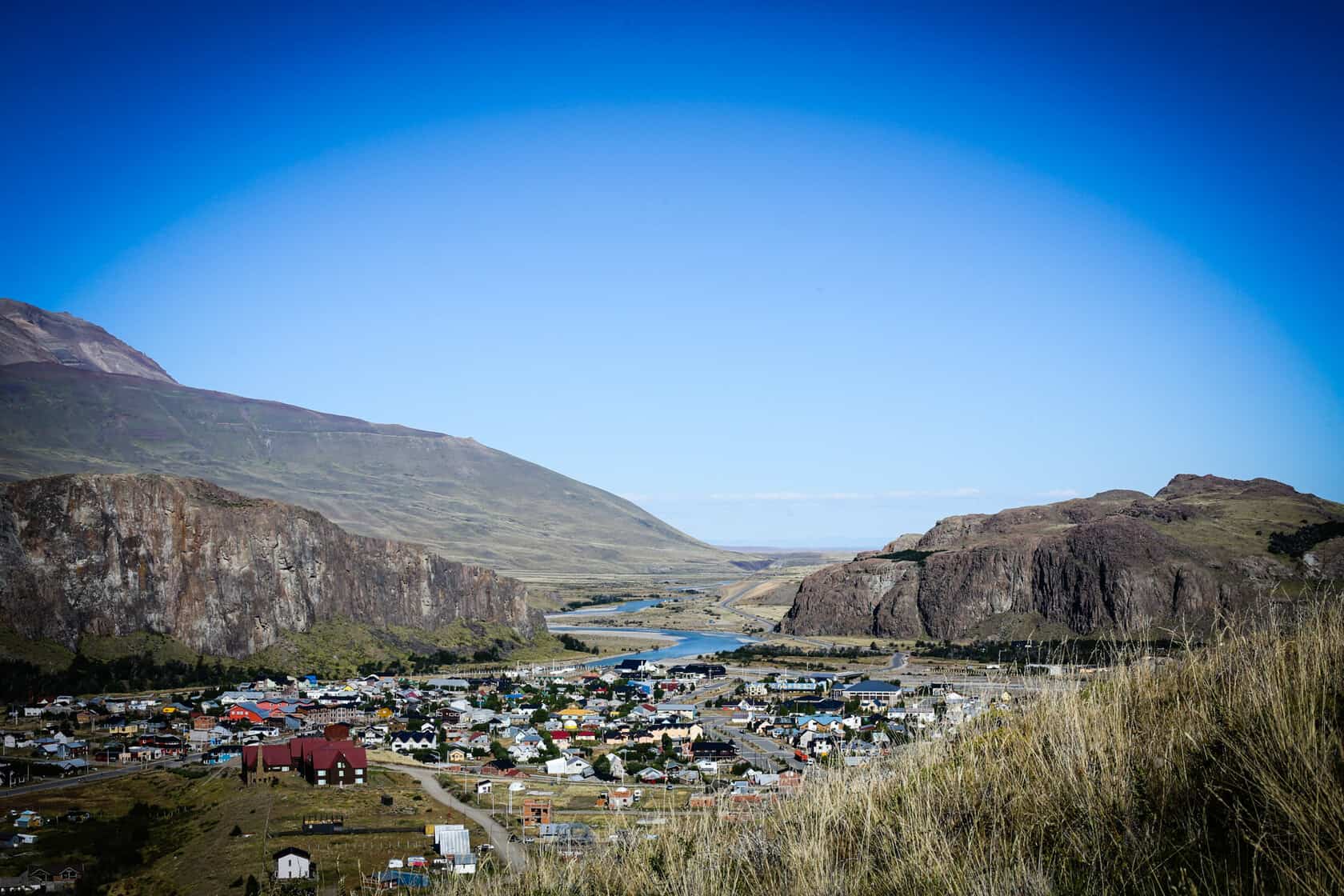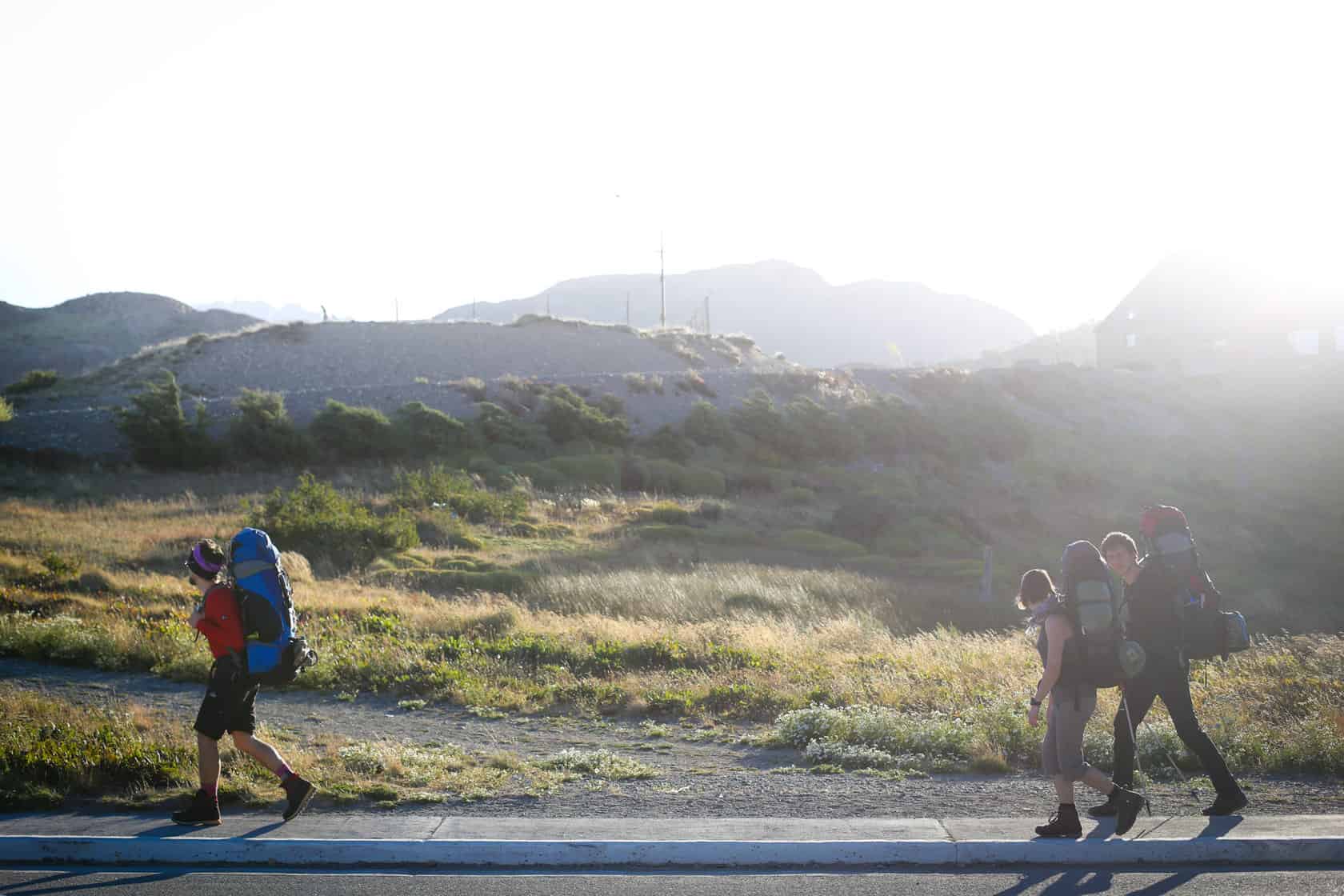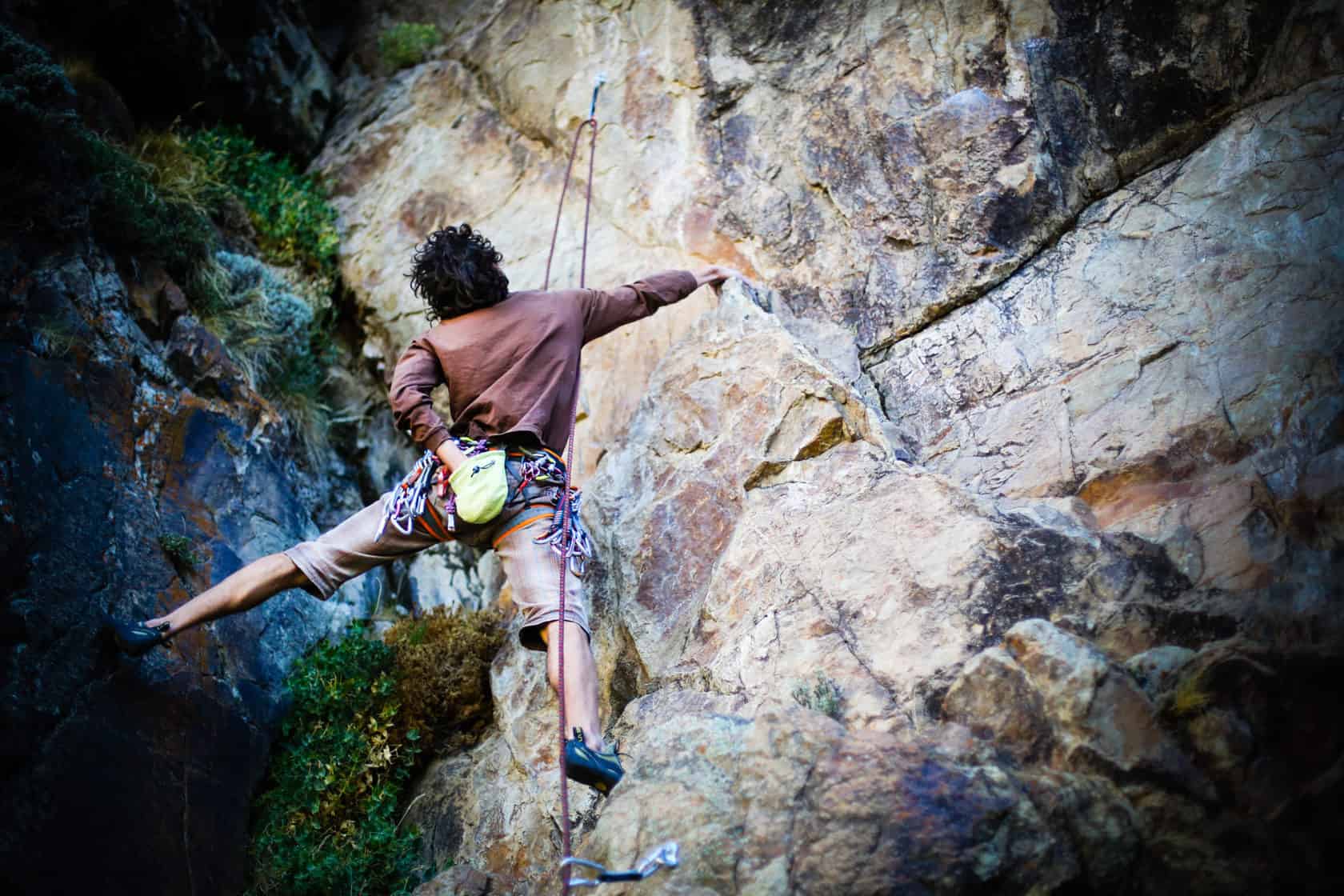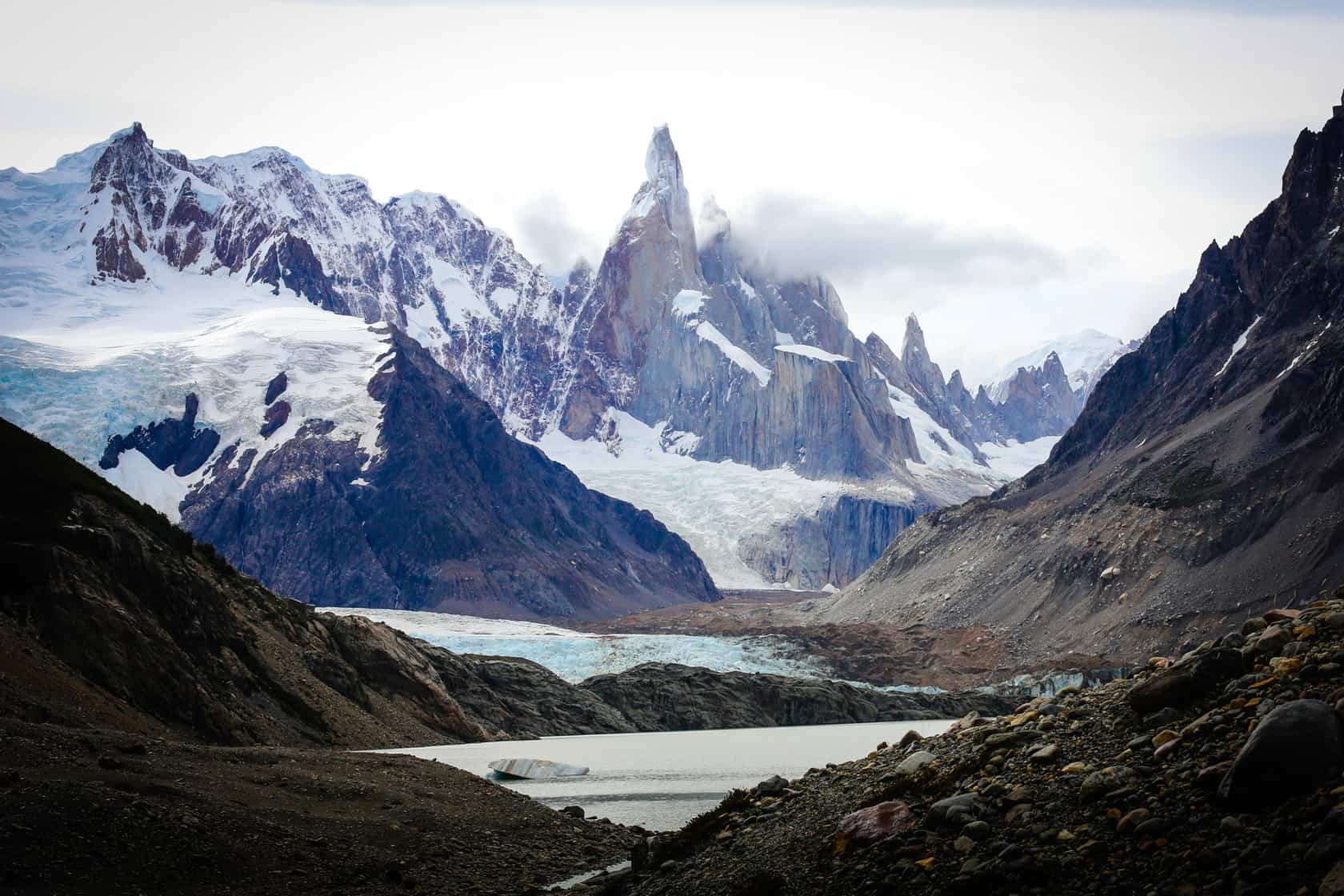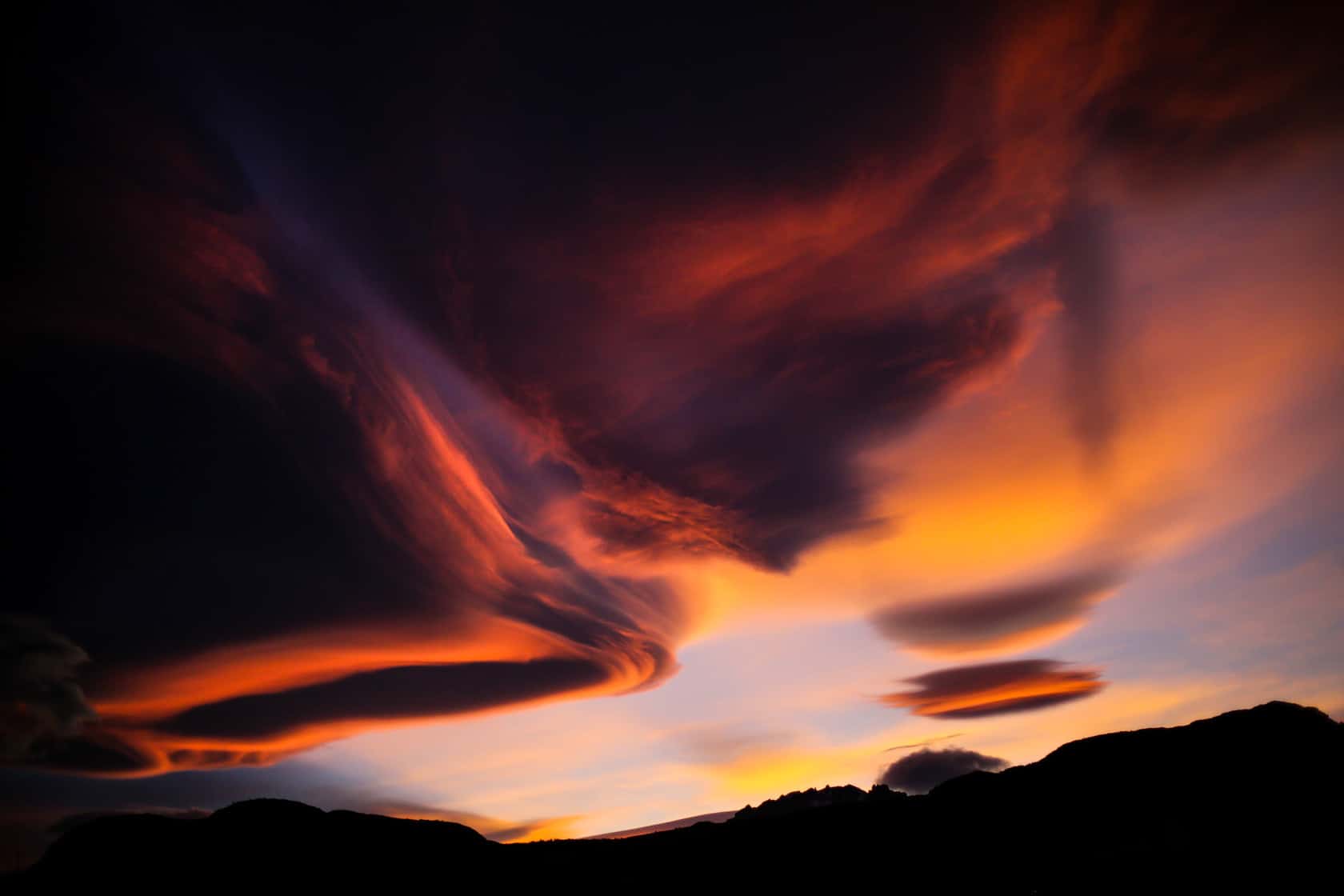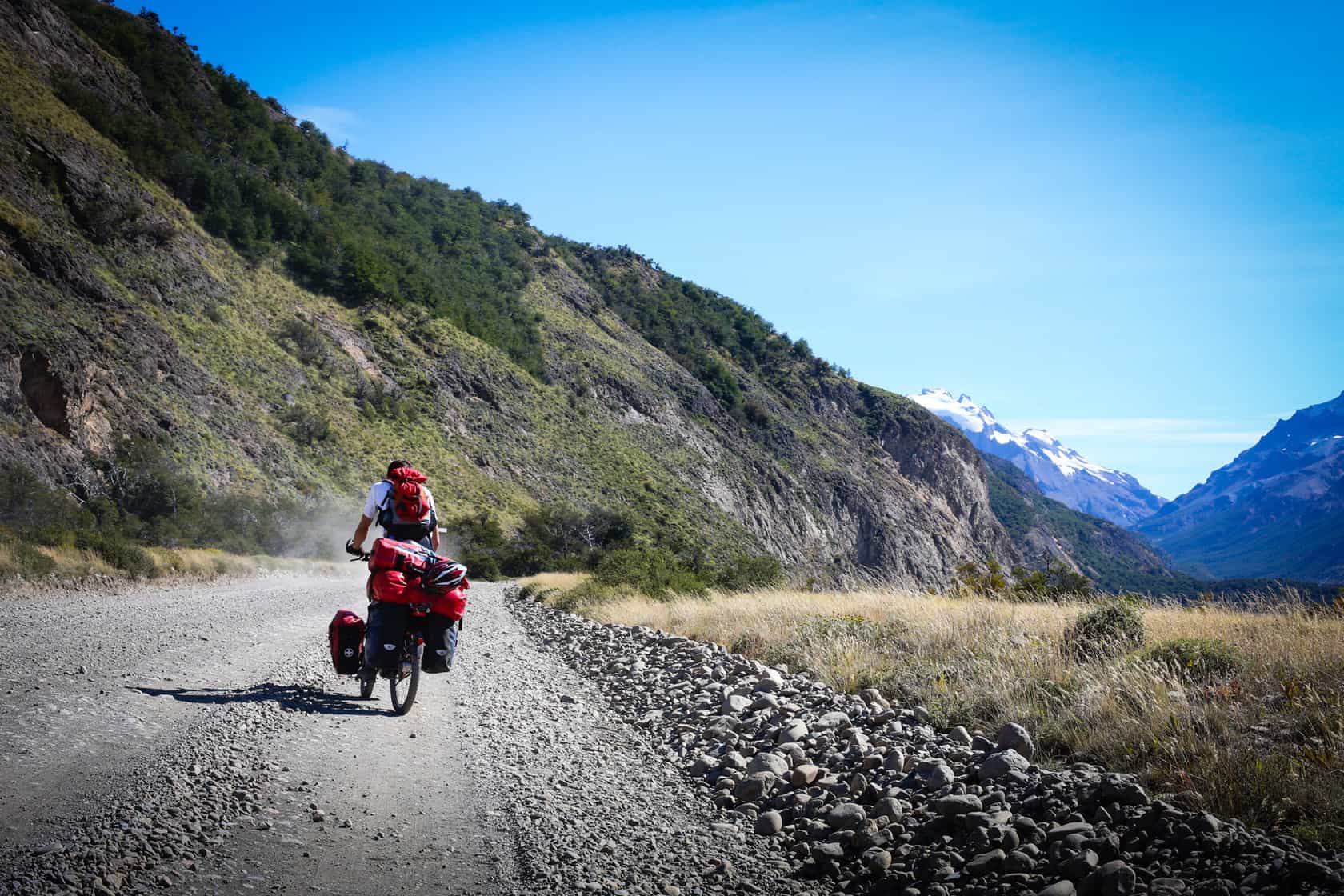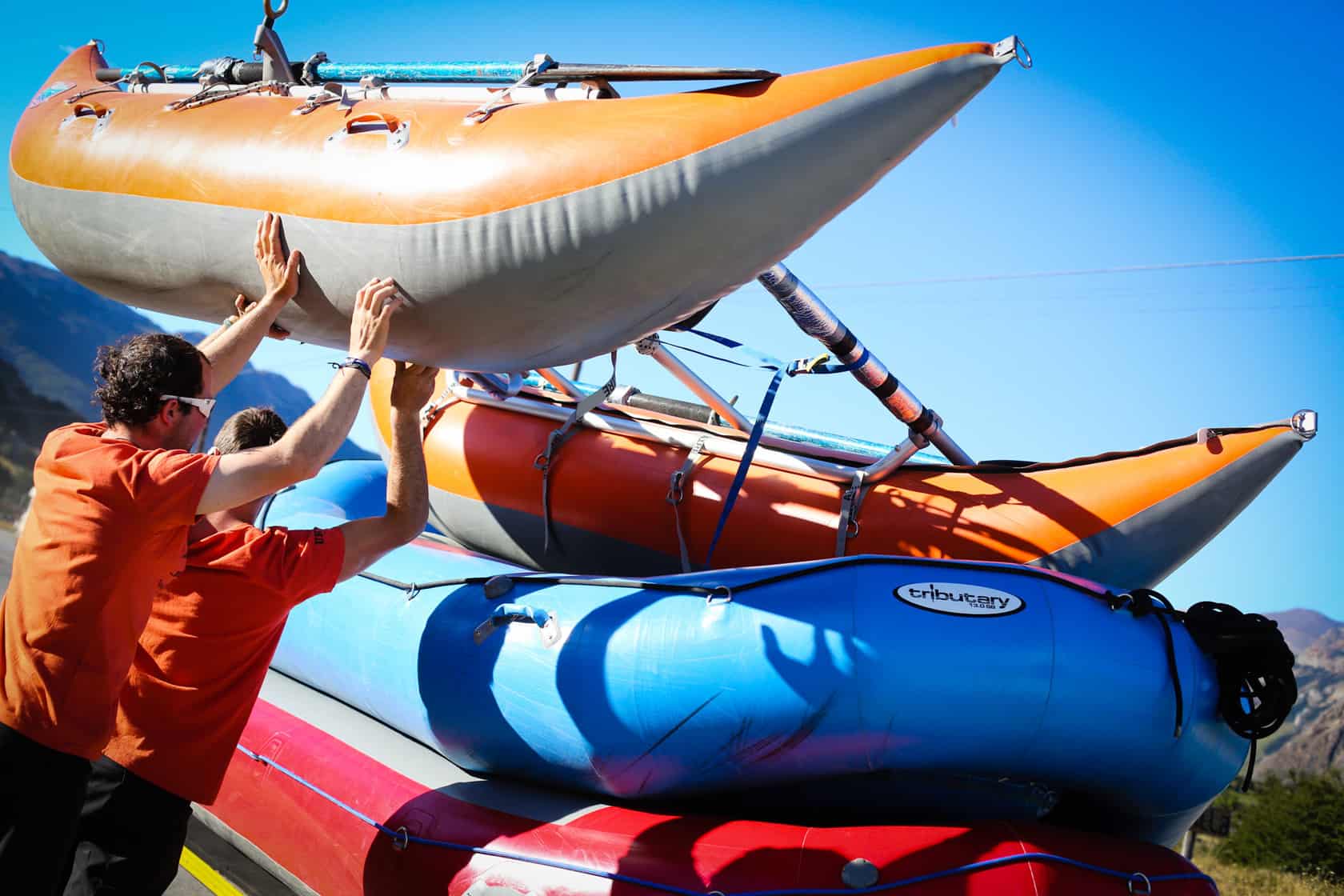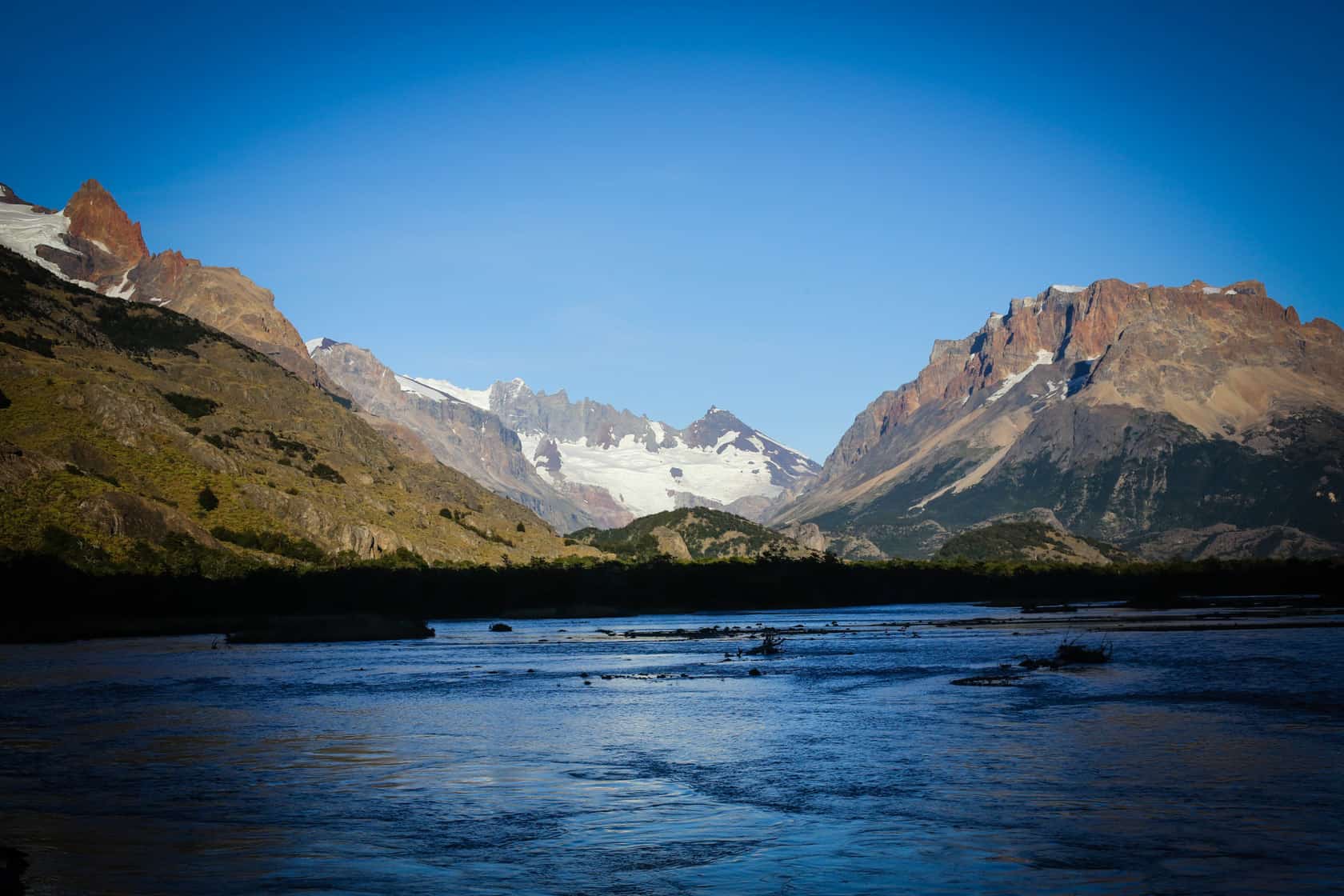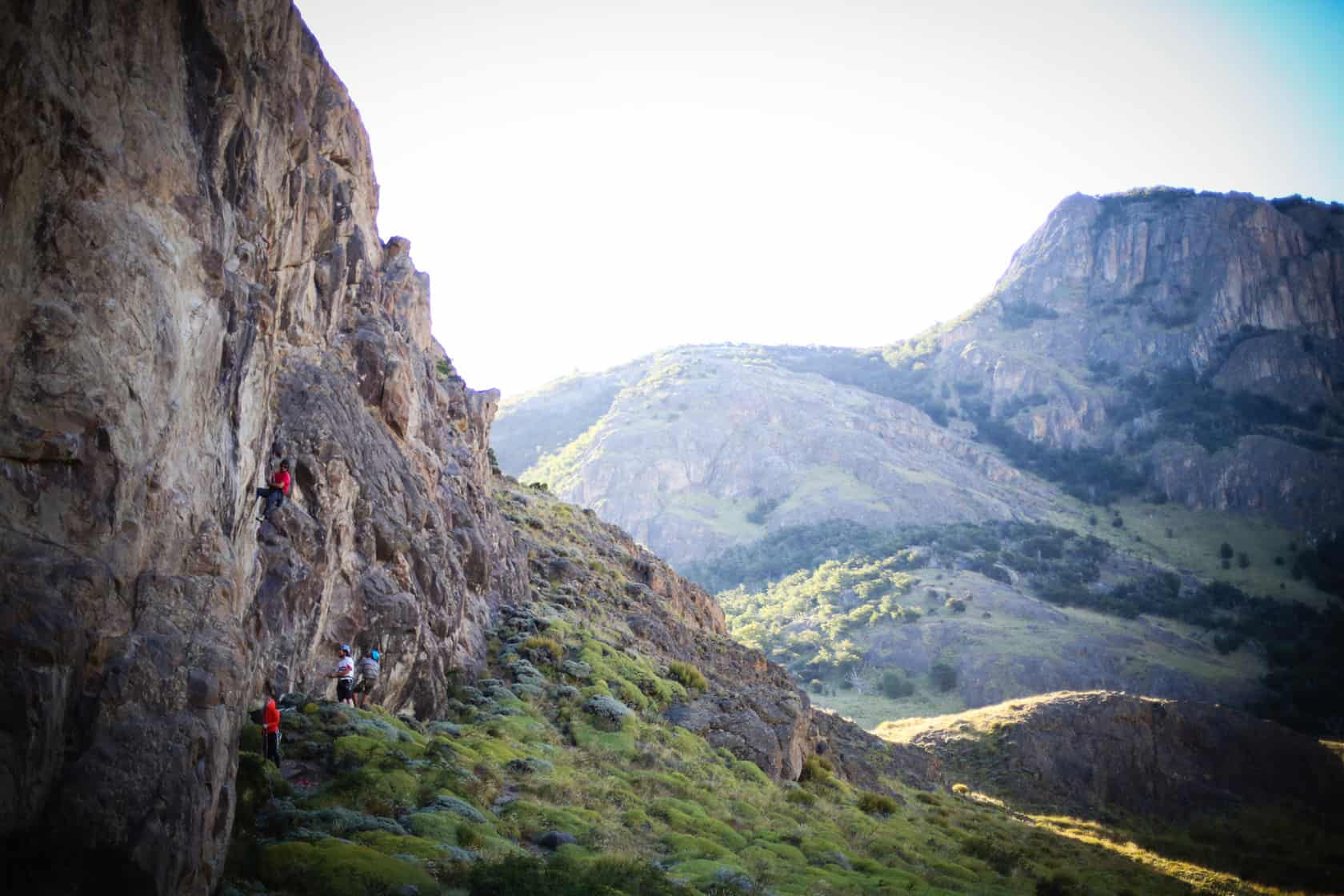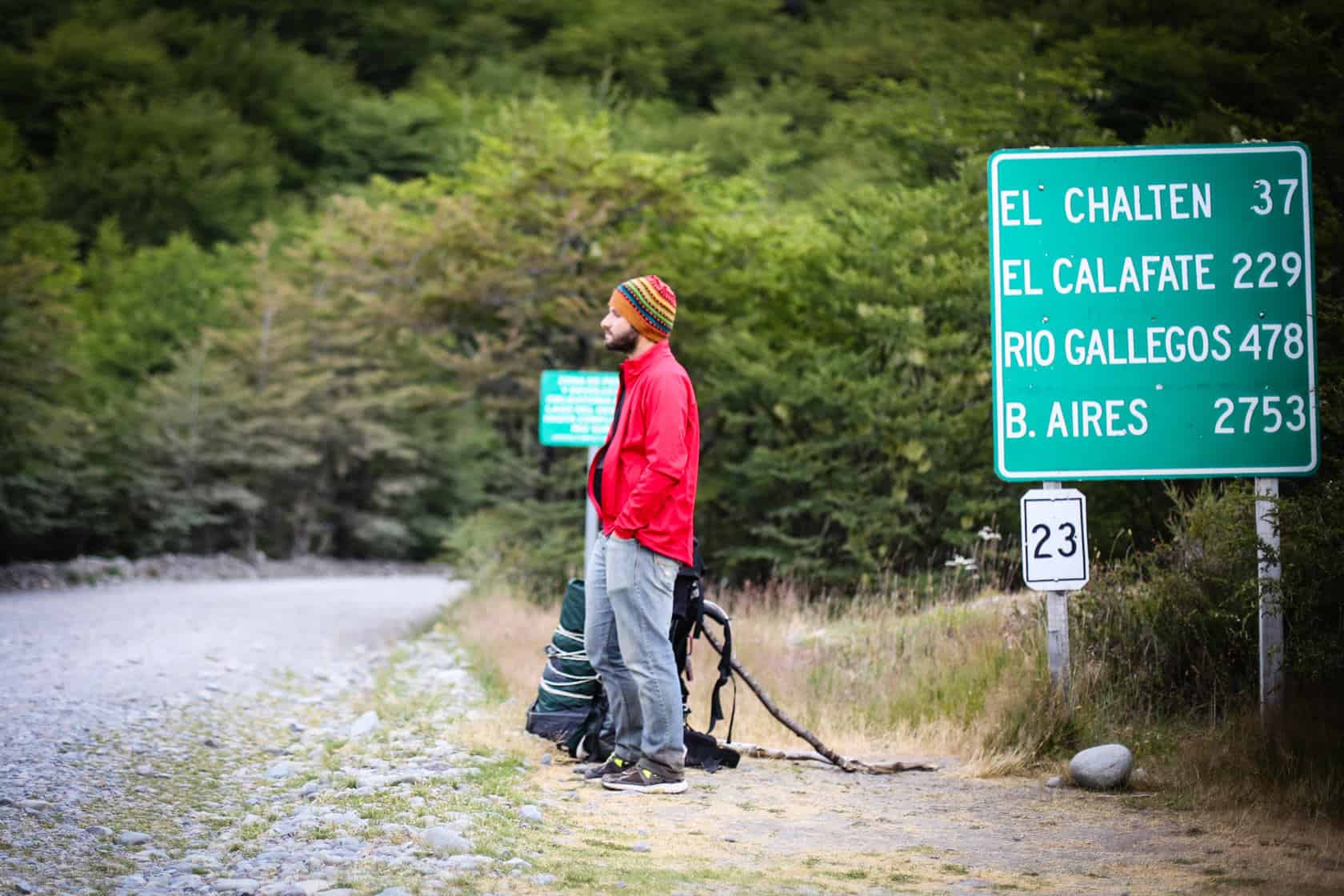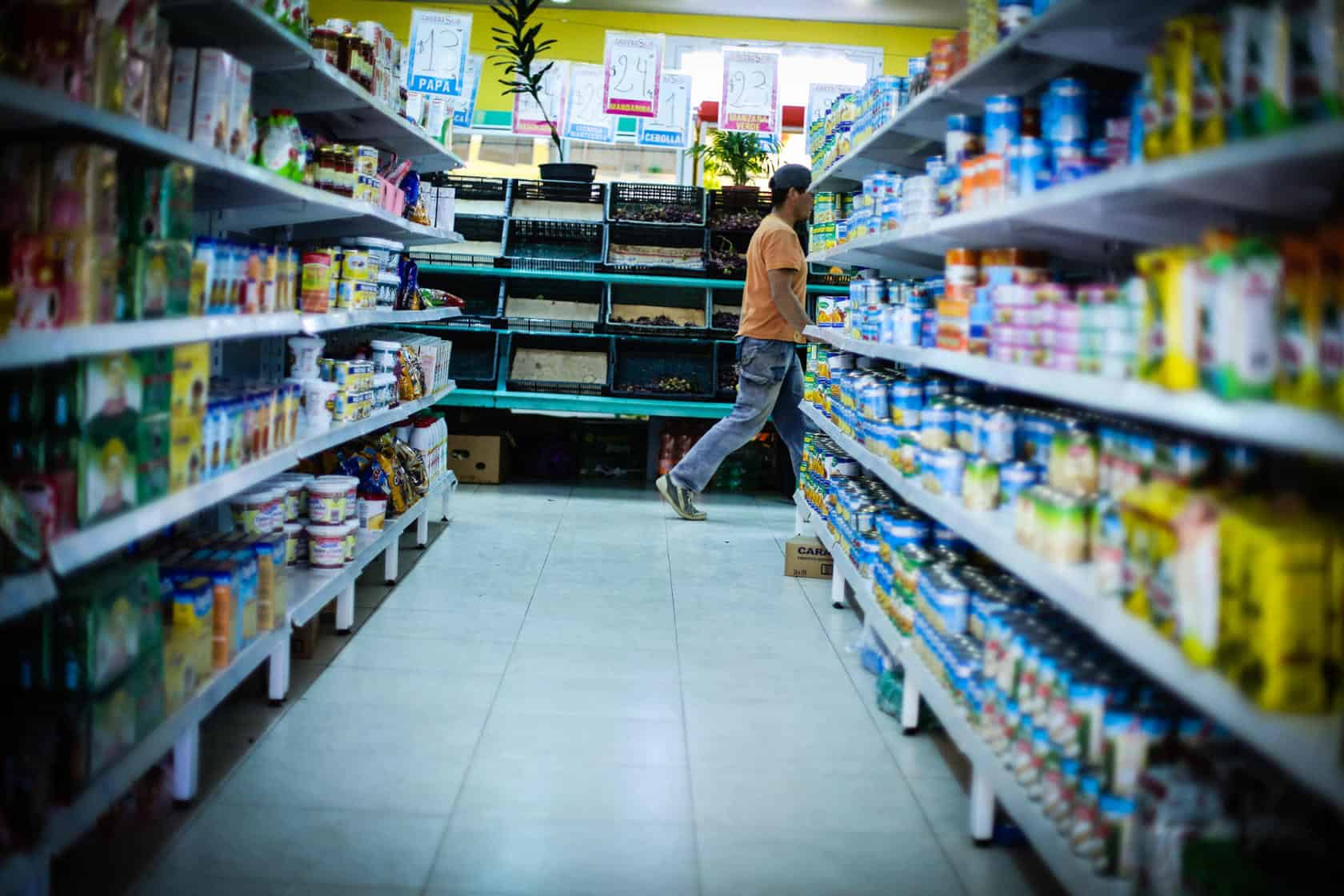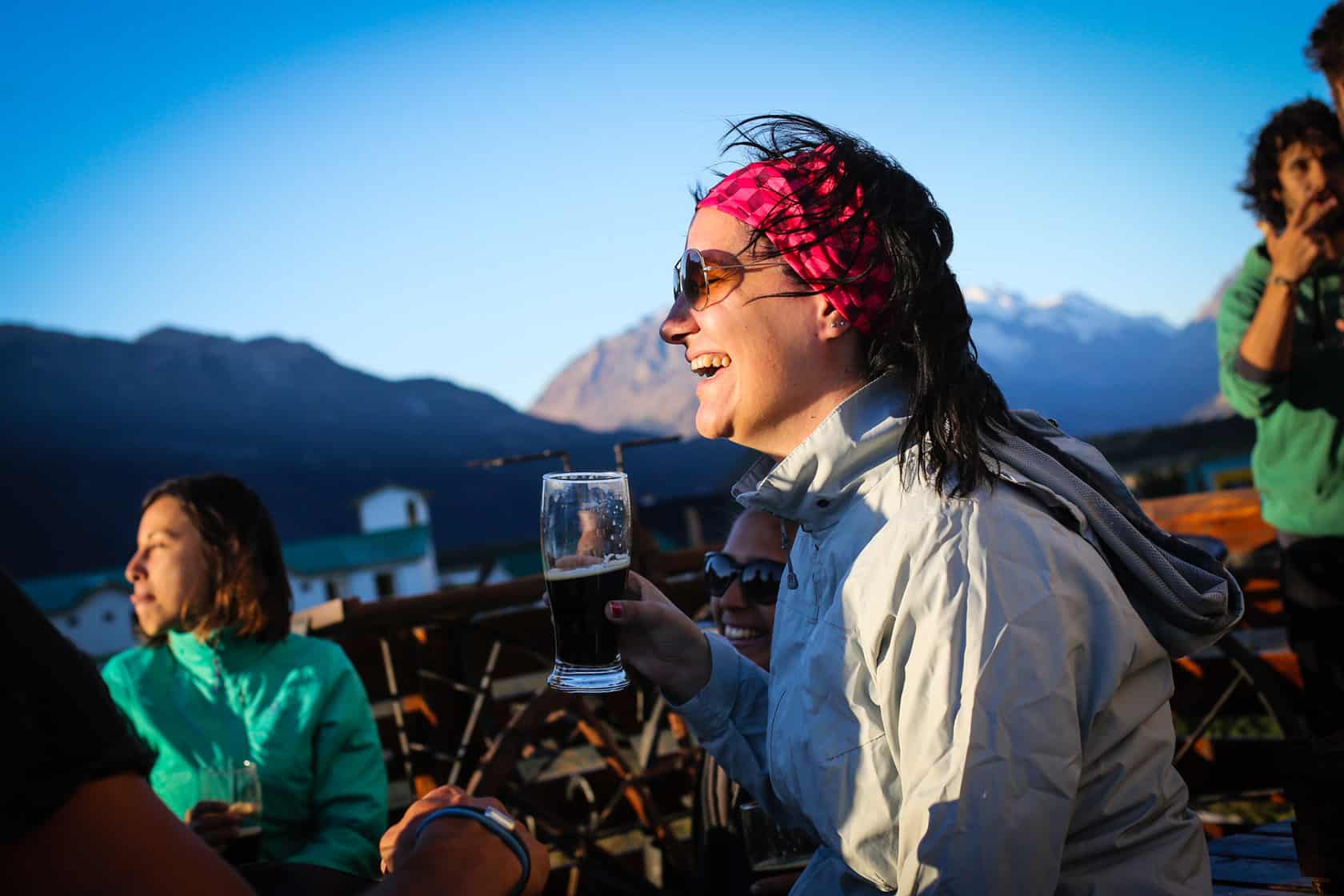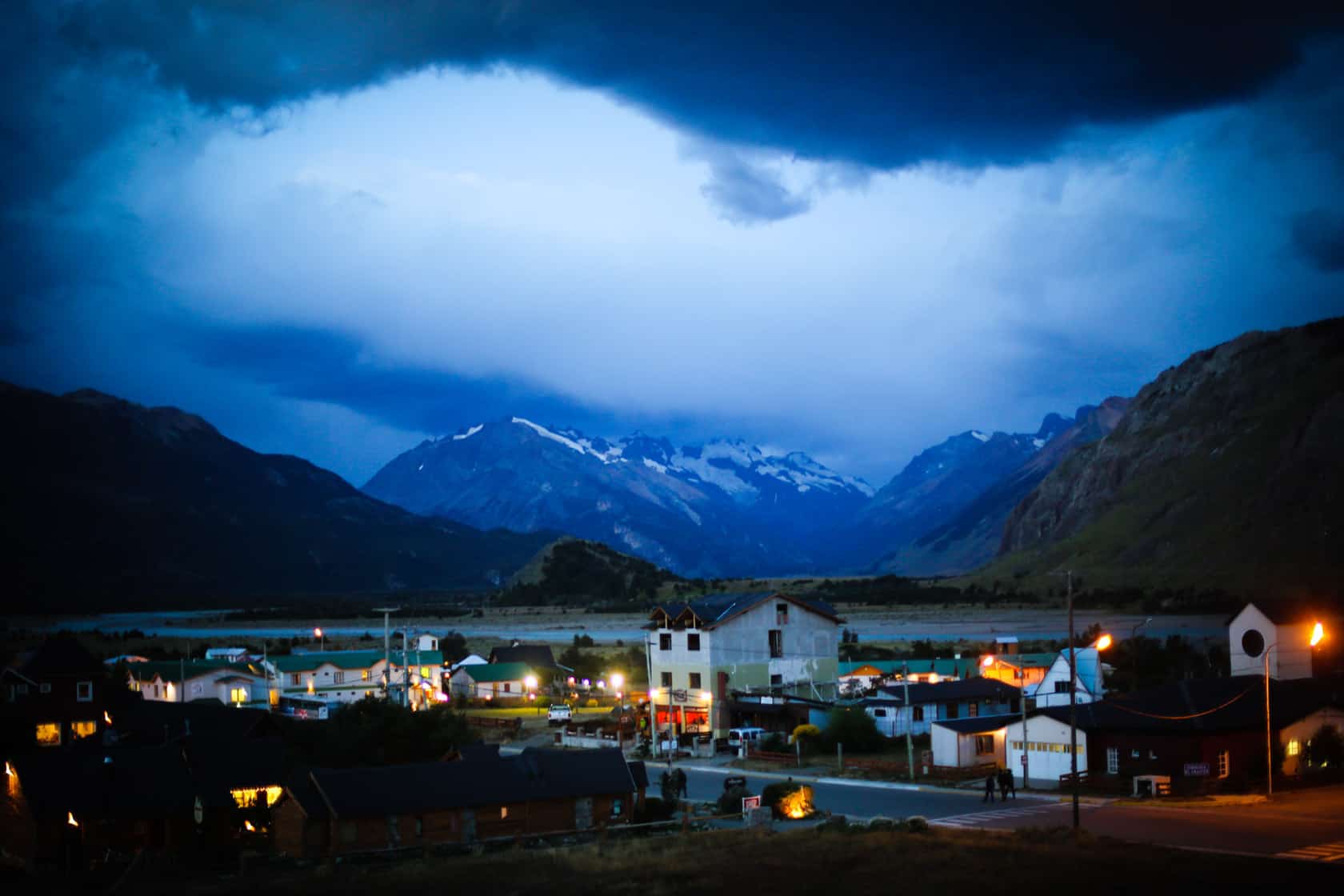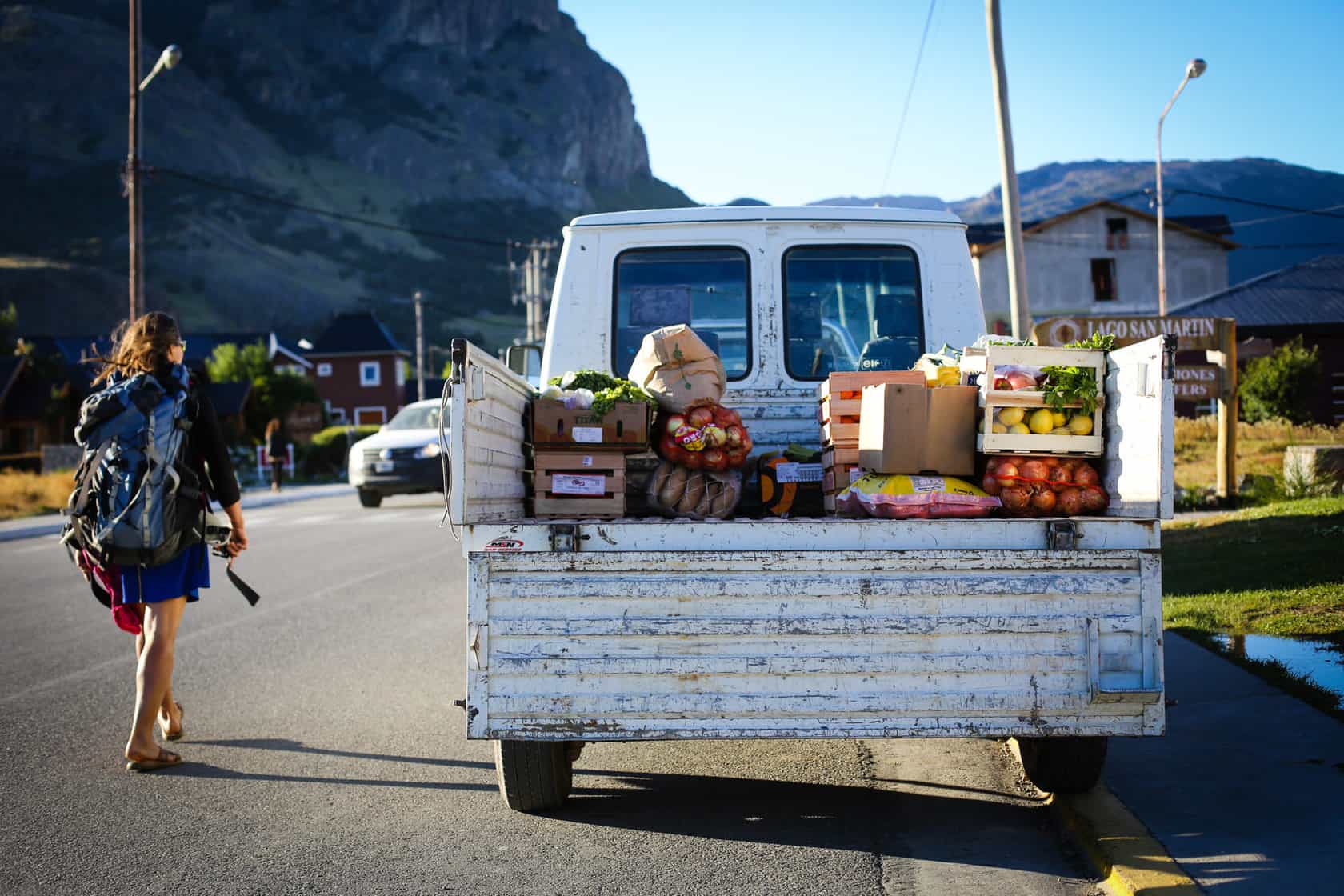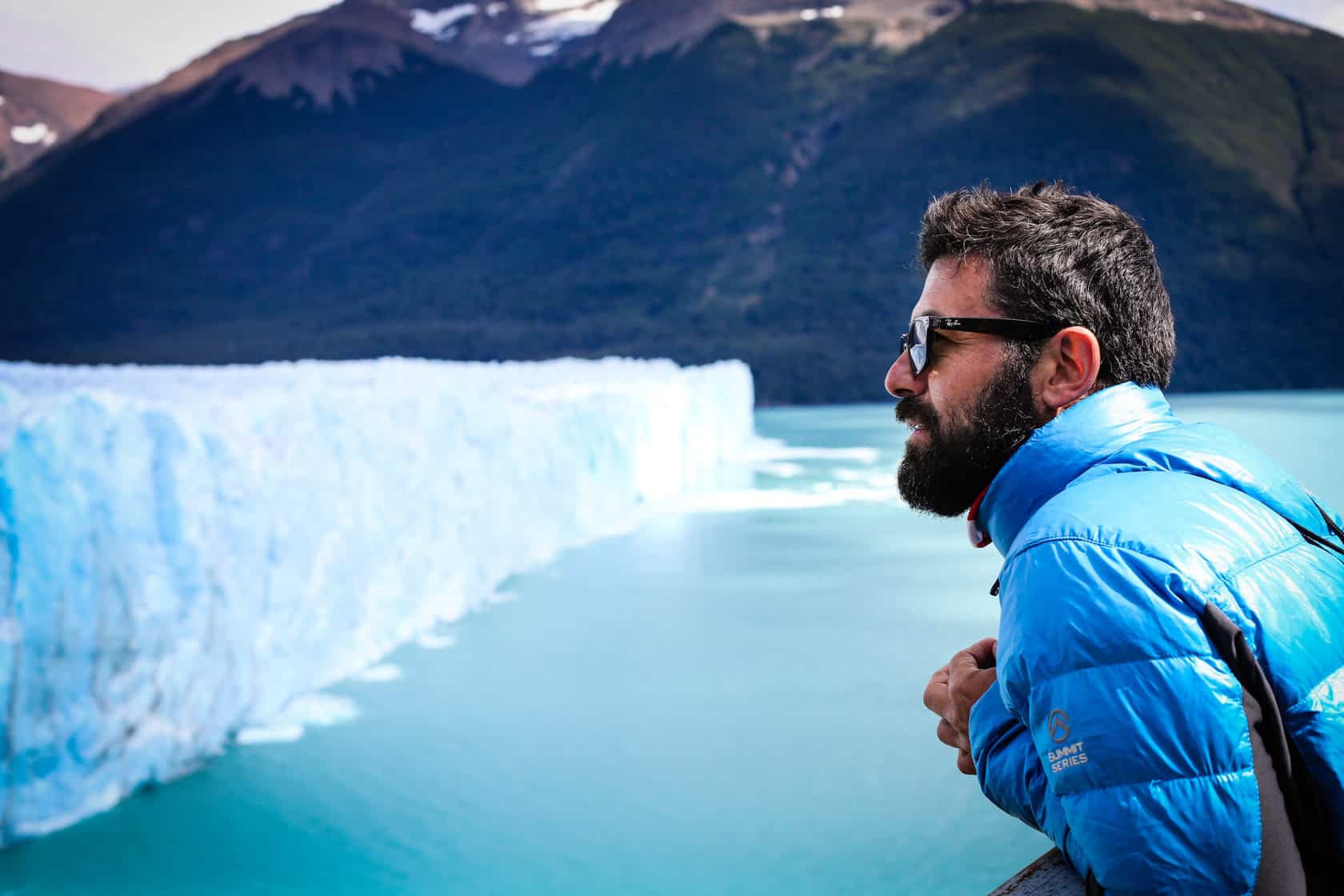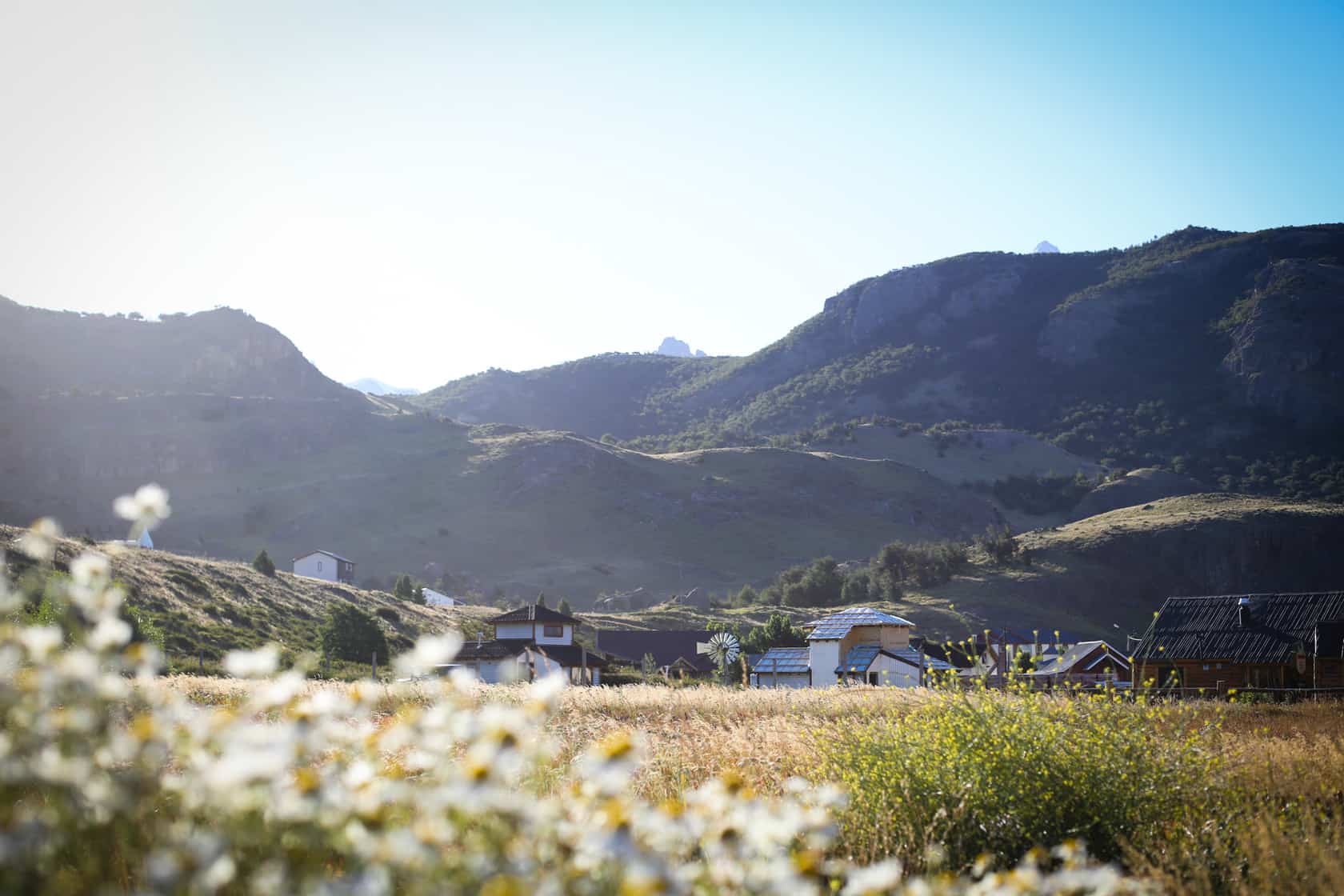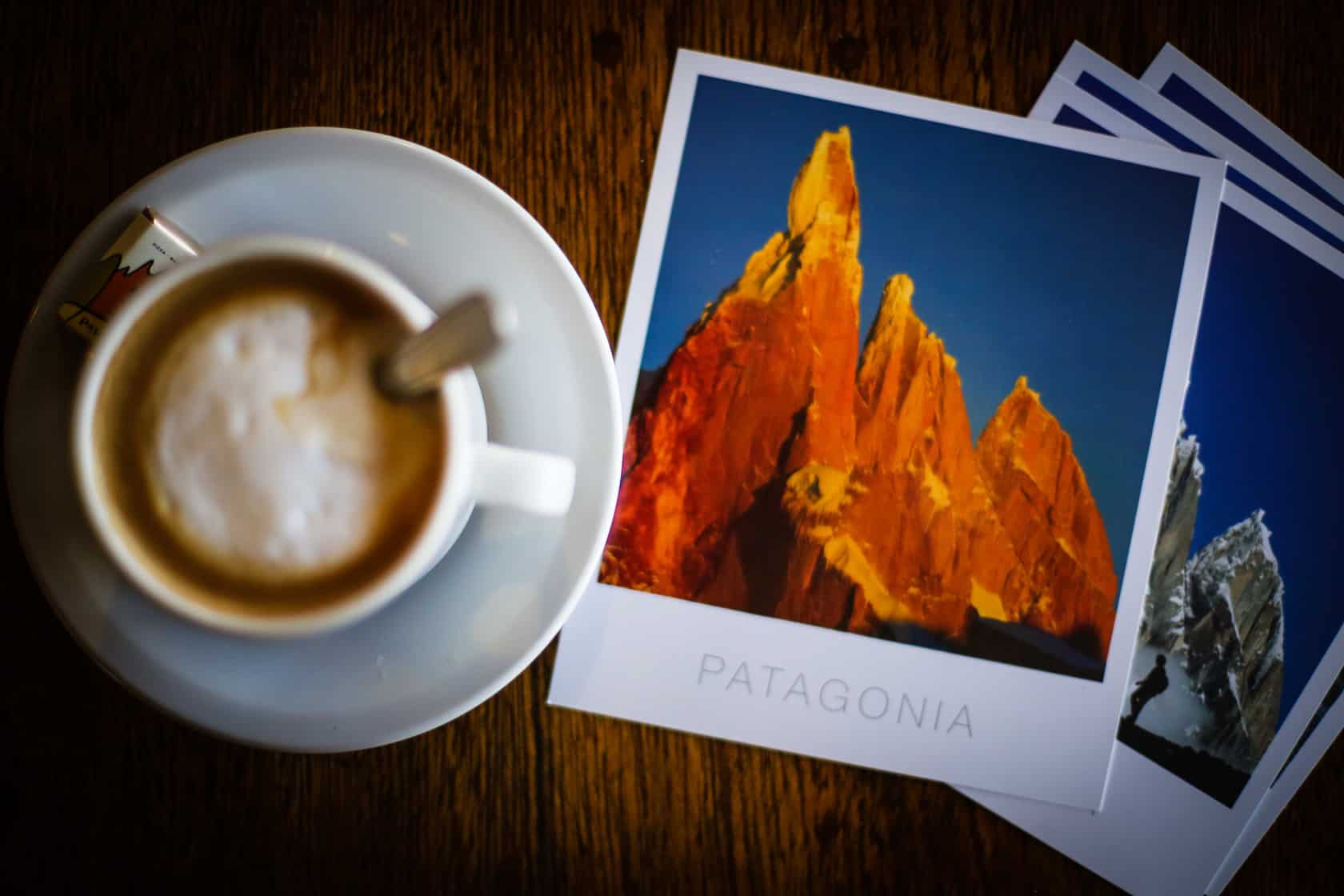As the sun begins to set over El Chalten, Argentina, hikers wander back into town from the mountains.
Some are returning to town after a day out, and others, backs draped with rope, are returning from multiple sleepless nights of climbing. The village–which is comprised of one main street, a tiny post office, and an awesomely disproportionate number of breweries–is an oxymoron of calm liveliness as dusk sets in. The atmosphere is still, but filled with pockets of life. A tiny brewery plays “Feel Good” by the Gorillaz, and the air around its patio is filled with laughter and clinking glasses. A line of boulder-ers trail down the mountainside, ant-like as their tiny forms hunch under their crash pads. Wet suits dance in the wind where they’re hung out to dry, and kids wander home for dinner, climbing shoes tucked under one arm. The only movement in the street is that of feet and bicycle wheels, and the sun turns the jagged teeth of the Fitz Roy’s peak to a dusty orange.
As night finally comes, the village is draped in inky blue darkness. Stars start to pierce the sky, and the only sound left is the river flowing over its rocks. El Chalten goes to bed early, because it wakes with the sun–and days here are jam-packed with trail-following, rock climbing, hitchhiking and, for many, history making.
These photos were taken over a series of three weeks in El Chalten during January and February.
El Chalten hasn’t been around forever. The town was founded only thirty years ago, as a result of a border dispute between Chile and Argentina. Throughout the past few decades, the place has become a veritable mecca for climbers, hikers, and adventure-seekers. It’s unique in that it’s located inside a national park, which means that the entire town takes environmental friendliness very seriously. Each person who enters the town is required to pass through the park’s headquarters, where a briefing is delivered. The briefing covers everything from “leave no trace” principles (and reminds visitors that the principles are strictly enforced within the park) to safety and responsibility while exploring the mountains.
El Chalten is known as the “trekking capital” of Argentina, and it certainly lives up to its nickname. Every morning, there’s a backpacked exodus as people march towards the mountains; sometimes, they’re packed light and headed for a day trip…but more often than not, the hikers’ packs tower way over their heads, armed with gear for a week’s worth of eating, sleeping, and climbing.
Walking through the streets of El Chalten, you’re more likely to see someone carrying rope and a harness than to see someone carrying a laptop. All afternoon, you can spot tiny dots of color on the cliffs surrounding town as climbers begin to warm up for their upcoming big ascents.
At the beginning of February, renowned climbers Alex Honnold and Colin Hayley also spent some time in El Chalten. Their aim: to complete the Torre Traverse, which includes summiting four peaks in the range (Cerro Standhardt, Punta Herron, Torre Egger, and Cerro Torre.) Not only did the two climbers complete the traverse–they smashed the previous record, and completed the route in 20 hours and 40 minutes. Normally, completing the Torre Traverse takes four days.
“We’re warming up here…we’re waiting to climb the Fitz Roy.” Many climbers in the area use El Chalten as their base while waiting for favorable weather conditions to tackle the Fitz Roy or Cerro Torre.
One of the most beautiful things about the adventure-sport culture in El Chalten was the variation in skill level. While Alex Honnold was scaling Cerro Torre, there were also beginning climbers trying out their skills on rock just outside town.
Patagonia’s got a serious reputation for wind, and for anyone who spends some time in El Chalten, the reason becomes clear pretty quickly. The wind in El Chalten is so strong that when it rains, it rains sideways. When you’re running, sometimes the wind creates an impromptu treadmill–you can push and push, but you might not get anywhere. And, when there are clouds, the wind whips around them, turning them into cotton candy at sunset.
Many people completing the Carretera Austral, a well-known cycling route through Chilean and Argentinian Patagonia, pass through El Chalten. It’s a common sight to find long-haul bikes lined up outside of the village grocery store, standing strapped with gear as they wait for their owners. Pictured here is Nikolas Goedicke, from Germany, as he heads north towards Chile. He’s in the process of cycling from South America’s southernmost tip up to Alaska. “It will take me twenty-one months,” he laughed. “…at least, that’s the plan.”
Water sports also have a home here, although they’re admittedly not as popular (yet) as climbing, hiking, and biking. “People don’t notice there’s a river here, because everyone comes to hike and climb,” said one local rafting guide. “But the rafting and the beer are the two best things about this place!”
The water in this region–in every lake, river, and stream–is clean and drinkable. The majority of the fresh water comes from nearby glaciers, and there are strict rules within the national park regarding water protection. “We drink the water here, directly,” said one park guide. “And we take it seriously to protect it, too.” All people spending time on the trails within the park are required to use the bathroom mindfully (in designated areas, or at a minimum of 100 meters away from water sources,) to wash dishes away from bodies of water, and to refrain from swimming in the glacial lakes.
Most people who spend time in El Chalten come for about one week–but the climbers tend to stay for a month or two. The Fitz Roy and Cerro Torre are two famous peaks that climbers come to summit…but the fickle Patagonian weather often delays would-be ascents by days or weeks.
If bikes and busses are the two most common ways to travel within the region, hitchhiking is probably the third. Each morning and evening, the (one) street heading through town was littered with backpackers, hoisting cardboard signs and hopeful thumbs at passersby.
Fresh fruits and vegetables aren’t always easy to come by in El Chalten. Since the town is located in the middle of Patagonia, and because the surrounding lands aren’t apt for farming, all produce needs to be brought in. At the rate that El Chalten is becoming an increasingly popular destination, the current food situation does not seem to be sustainable; most days, it’s a scramble to find fruits and vegetables before the markets run out, and everything is imported by truck. As the town continues to grow in popularity, it will be important to search for a more sustainable food solution.
After a long day in the mountains, the majority of people return to town–sweaty, dust-covered, and sunscreen-stained–and head straight to happy hour at one of the local breweries.
A storm prowls across the sky as El Chalten goes to sleep. The weather here can change in a split second, and respecting the weather here is taken just as seriously as respecting the park’s ecosystem. It’s common practice to take gear for all possible weather when heading out on the trails…what starts out as a searing hot morning could easily yield freezing rain and a 30 degree temperature drop a couple hours later.
While grocery stores struggle to keep their shelves stocked, local restaurants never seem to run low on ingrdients. The restaurants in El Chalten serve up a variety of local dishes–from fresh trout to corn-filled empanadas–and their weekly shipments arrive in much smaller quantities, delivered by friends, neighbors, or picked up by the restaurant owner him/herself.
In El Chalten, most people only stay for a few months out of the year, at a maximum average of nine months. This drugstore–a trailer full of items of need for hikers, climbers, and campers–is hanging out in El Chalten right now, but will move onwards at the end of this austral summer.
The craft beer scene in Patagonia is strong, especially in this tiny town. There are definitely more microbreweries here than there are grocery stores. More often than not, everyone sits outside, no matter the weather–the crowded patios of people in jackets and wool hats sometimes look more like they’re having a post-ski beer than a post-summer-hike one.
A ring of ice spreads out from the glacier Perito Moreno after a piece of ice collapsed from its edge. The glacier, located about three hours from El Chalten, is a UNESCO World Heritage site. The glacier advances nearly two meters per day, and towers of ice regularly crash into the lake; people hiking around the glacier are quiet, and stand in awe as the glacier groans. Perito Moreno is thriving as a glacier; scientists cannot agree as to why or how, since climate change definitively affects the area. Nearly all the other Patagonian glaciers are shrinking due to global warming–and shrinking more quickly than all other glaciers in the world.
El Chalten has the potential to become a role model for other rapidly-growing mountain villages; not only in terms of food sustainability, but in terms of making use of green energy. Though the weather in this area of Patagonia is unpredictable, there is great potential for the implementation of (more) solar and wind power.
“Have you ever been to Chamonix?” a climber asked me one evening, as he belayed his partner. “Because this place,” he said, “is pretty much the South American version of Chamonix.” While this comparison is spot-on in many ways–the town’s towering peaks, its world-class climbing, its ability to lure adventure-seekers–at the end of the day, El Chalten is of a different breed than France’s mountain paradise. Everything here feels raw. The town’s rickety wifi connection keeps people’s cell phones buried in backpacks, and pedestrians rule the dusty roads instead of cars. The buildings are frequently only half-completed, but nobody seems to notice as they pass by lugging crash pads and groceries. Packs of dogs laze under cherry trees, barking at the occasional vegetable truck, and the sun shines down strong. The river rushes through town with full force, and horses wander around people’s backyards at free will. This place is wind-whipped, rain-blasted and resilient. This place isn’t clean-cut or concerned with appearances. This place is raw, wild, and stands strong without comparison.

